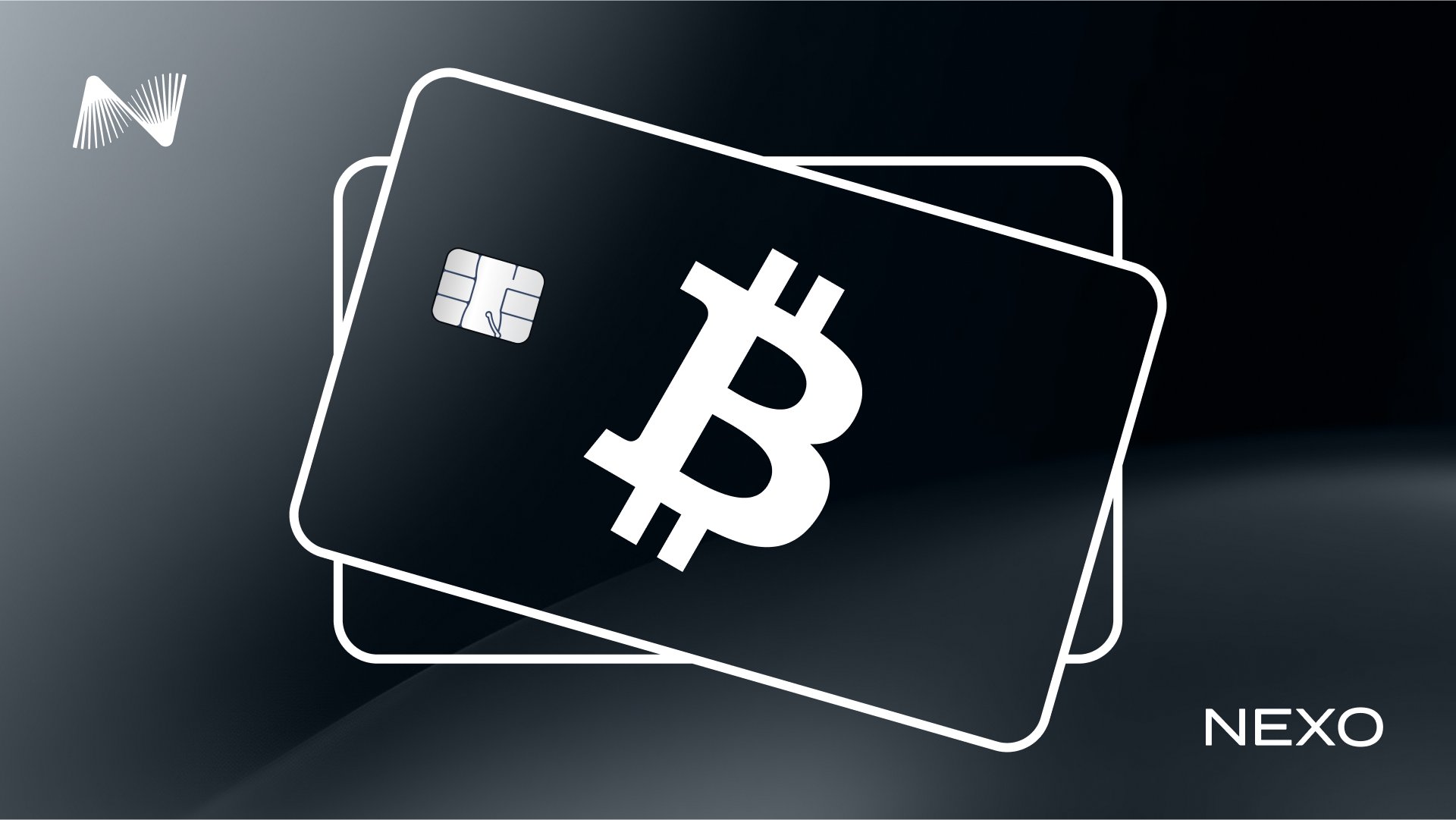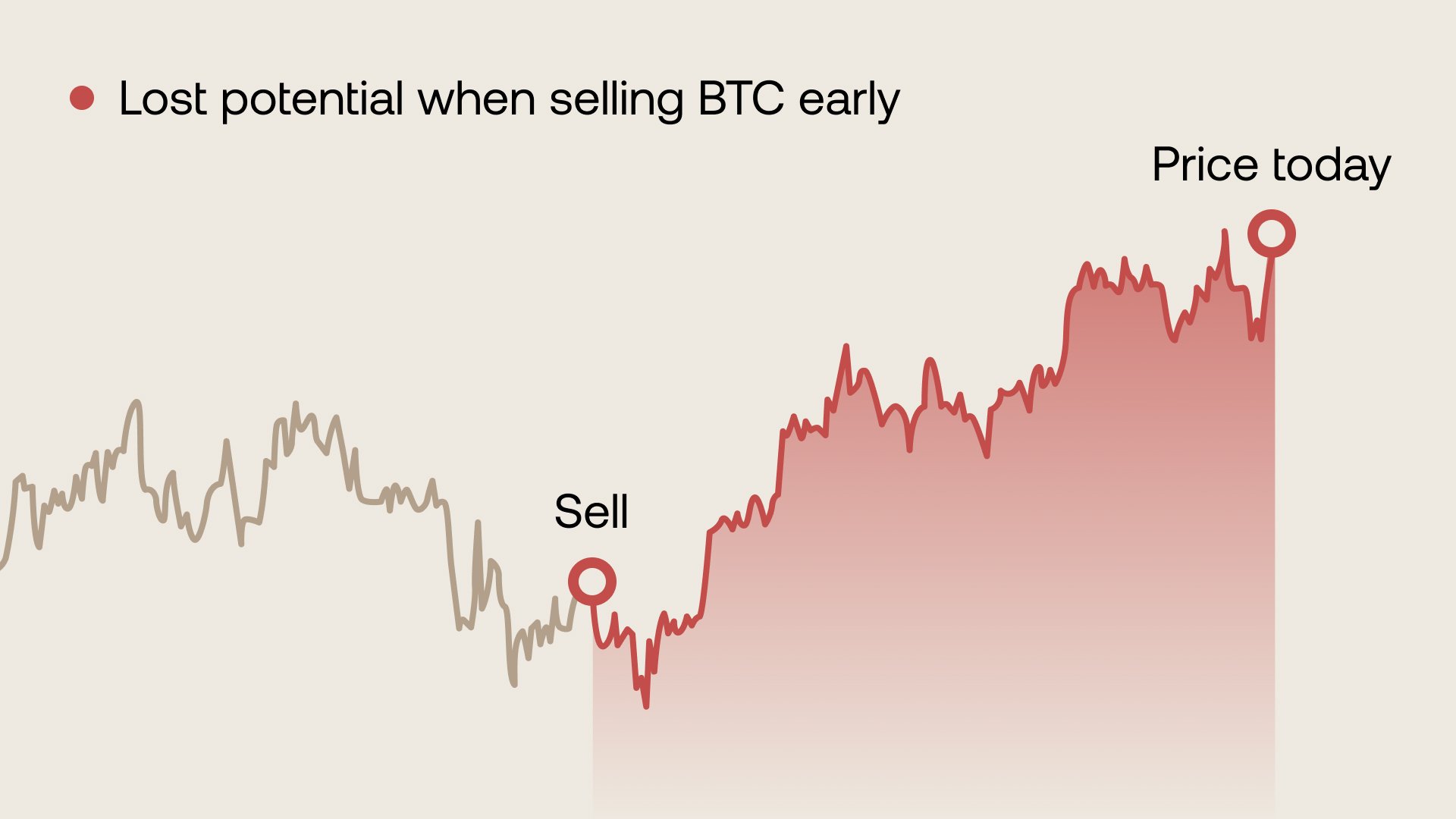The difference between a crypto credit and a crypto debit card
Aug 27•5 min read

You’ve got a crypto card — but how does it work?
If you’ve come across terms like crypto debit card or crypto credit card, you might be wondering what they actually mean.
At first glance, they look just like any other card in your wallet. But behind the scenes, they work differently — and knowing the difference can help you decide when to use each.
Let’s break it down, starting with the basics: what is a crypto debit card? And what is a crypto credit card used for?
What is a crypto debit card?
A crypto debit card lets you spend cryptocurrency directly. The provider converts your Bitcoin, Ethereum, or stablecoins into local currency at checkout, so you’re effectively using your crypto balance for everyday purchases.
Why people use them:
- For shopping, travel, subscriptions, or any other daily expense.
- Because they work wherever Visa or Mastercard debit cards are accepted.
- To bridge digital assets with the real world in a familiar way.
What to keep in mind: once you’ve spent that Bitcoin, it’s gone. If its price rises later, the coins you just used won’t benefit from the increase.

What is a crypto credit card?
A crypto credit card lets you spend money without selling your crypto. Here’s how it works in practice:
- You use your Bitcoin, Ethereum, or other assets as collateral.
- When you tap your card, the provider extends you credit in dollars, euros, or another fiat currency.
- Your crypto stays in your account — it isn’t sold, but it’s temporarily “locked” to back the amount you’ve borrowed.
This means your crypto continues to belong to you and can still benefit if the market rises, while you unlock liquidity for spending.
Repayment: How it works with Nexo.
Traditional credit cards usually give you around 30 days to pay your bill, also referred to as “grace period” before interest kicks in. With the Nexo Card, repayment is far more flexible:
- No fixed repayment schedule → You choose when and how much to repay.
- Pay in crypto, fiat, or both → Repay with stablecoins, other crypto, or top up in fiat.
- Interest from as low as 2.9% → Depending on your Loyalty Tier and LTV, you may pay lower interest when you keep your borrowing conservative.
Why do people use them?
- To avoid selling crypto and potentially triggering taxable events.
- To keep exposure to possible future price growth.
- To earn rewards like crypto cashback on every purchase.
Of course, borrowing always comes with responsibility. If the value of your collateral falls significantly, you may need to add more crypto or repay part of the balance.
Debit vs. Credit: Which one should you use?
Choosing between a crypto debit and a crypto credit card comes down to how you want to use your digital assets: either spend them directly or keep them invested while you cover expenses.
- Crypto debit card → best for everyday spending when you don’t mind parting with your assets.
- Crypto credit card → best for keeping your holdings intact while still paying for things and possibly earning rewards in the process.
Think of it this way:
- Debit is for the present — using your crypto as money now.
- Credit is for the future — keeping your assets while gaining flexibility.
Dual Mode cards explained.
Until a few years ago, you had to choose one or the other: debit or credit. But some modern crypto cards now combine both, giving you the option to switch depending on your needs.
The Nexo Card is one example. With Dual Mode, you can pay directly in Debit Mode when you want simplicity, or switch to Credit Mode when you’d rather keep your crypto invested.
And when you spend in Credit Mode, you can even earn up to 2% crypto cashback — making payments more rewarding.
Putting it all together.
Crypto debit cards and crypto credit cards may look the same in your wallet, but they serve different purposes.
- Debit cards are straightforward — you spend what you own.
- Credit cards give you flexibility — you keep your crypto invested, spend in fiat, and often earn rewards along the way.
With dual-mode cards like the Nexo Card, you don’t have to pick one. You decide how to use your crypto every time you pay.
Learn how the Nexo Card brings both worlds together — debit for everyday spending, credit when you want to keep your assets working for you.
Frequently asked questions.
1. What is a crypto debit card?
A crypto debit card lets you spend cryptocurrency directly. The card provider converts your Bitcoin or other coins into local currency at checkout, so you can use your crypto for everyday purchases.
2. What is a crypto credit card?
A crypto credit card allows you to borrow against your crypto instead of selling it. You spend in fiat currency while your crypto stays in place as collateral.
3. What is a crypto credit card used for?
A crypto credit card is used to pay for expenses while keeping your crypto invested. It can be handy for covering bills, making purchases, or managing cash flow without giving up your assets.
4. Do crypto credit cards give rewards?
Yes. Many crypto credit cards offer perks like cashback, often paid in Bitcoin or other digital assets. This means you can earn crypto back on your spending, similar to how traditional cards offer points or miles.
5. What’s the difference between a crypto debit and a crypto credit card?
A crypto debit card spends your crypto directly, reducing your balance as you use it. A crypto credit card lets you borrow against your holdings, so you can spend in fiat without selling your crypto.
6. What happens when my crypto is locked as collateral?
When your crypto is locked as collateral, it isn’t sold — it remains yours. The platform simply holds it in reserve to secure the credit you’ve borrowed. You can still benefit if the value of your crypto rises, and once you repay what you’ve borrowed, your assets are fully unlocked and available again.
These materials are accessible globally, and the availability of this information does not constitute access to the services described, which services may not be available in certain jurisdictions. These materials are for general information purposes only and not intended as financial, legal, tax, or investment advice, offer, solicitation, recommendation, or endorsement to use any of the Nexo Services and are not personalized, or in any way tailored to reflect particular investment objectives, financial situation or needs. Digital assets are subject to a high degree of risk, including but not limited to volatile market price dynamics, regulatory changes, and technological advancements. The past performance of digital assets is not a reliable indicator of future results. Digital assets are not money or legal tender, are not backed by the government or by a central bank, and most do not have any underlying assets, revenue stream, or other source of value. Independent judgment based on personal circumstances should be exercised, and consultation with a qualified professional is recommended before making any decision.
